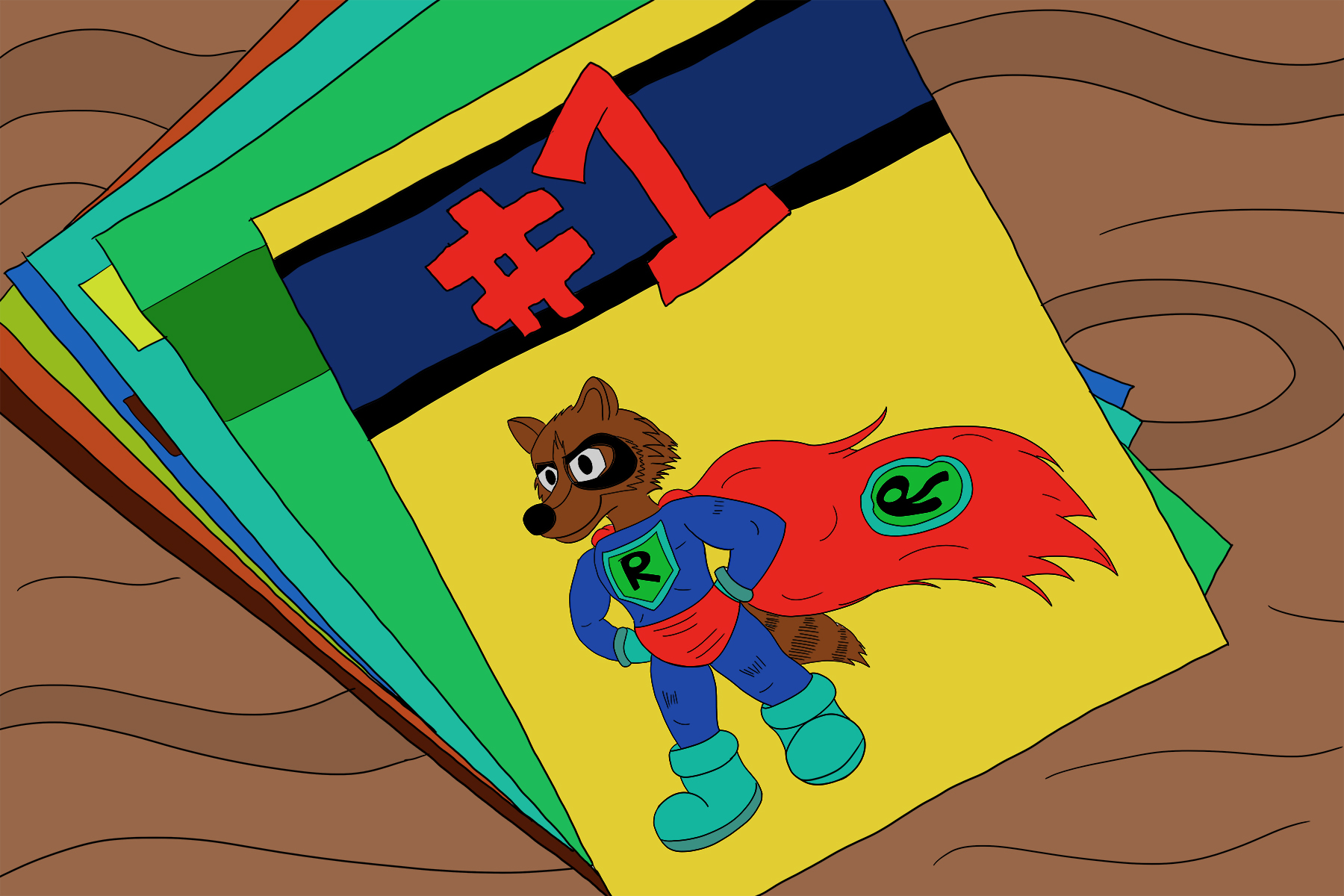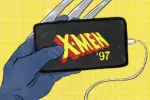Superhero movies have reigned on top of the box office for the past decade, and it feels like at least one high-budget, over-advertized spectacle is released every month — movies that will inevitably end on a cliffhanger to set up sequels and spin-offs. However, the detail that many viewers forget is that superhero films adopt the aforementioned marketing ploy from their source material.
Each month, comic book writers set their characters on hazardous quests filled with edge-of-your-seat action, but on the closing pages, the story is never quite resolved, allowing the reader to stay engaged for the next issue. As opposed to their theatrical and television counterparts, it is easier to prolong a storyline using the comic book’s monthly format, which is a testament to the industry’s ability to endure over the years.
Knowing where to start with comic books can be intimidating, and considering that some of this generation’s most popular heroes like Captain America and Batman were first created in the 1940s and 1930s respectively, it’s nearly impossible to start from their origins and catch up to their current issues from the beginning. Nevertheless, there are plenty of routes to take for the impassioned comic book reader and newcomer alike.
Trade Paperbacks
Typically, comic books are released on a monthly basis — for example, Batman gets one issue released a month, as does Superman — and the continuation of the storyline is not continued until the succeeding issue the following month. Furthermore, single issues of comics normally range around 20 pages, so it can become frustrating to wait approximately 30 days for the newest release.
For those who would rather read the entirety of a storyline in one sitting rather than for months at a time, trade paperbacks, commonly shortened to TPB, have become a convenient workaround considering that they encompass a collection of issues. To illustrate, instead of searching for individual issues of Chris Claremont’s “Days of Future Past” storyline for the X-Men, you can simply purchase the near 200-page TPB online.
Notably, the stories collected in TBPs are relatively self-contained within their respective universes (i.e. Marvel or DC), and the editors organize the stories without the referencing outside events or characters. Additionally, you can find comic book classics such as Frank Miller’s “The Dark Knight Returns,” stories that share no connections to DC’s continuity, fully contained in the TBP format.
Thankfully, trade paperbacks have also allowed easier access to older comics. For instance, Marvel has previously published a number of their “Essential” collections (for DC fans, check out their “Showcase” and “Omnibus” collections), which are TPBs that encompass issues focused around a particular series or character; these collections commonly number around 500 pages and include approximately 25 issues. With regard to presentation, “Essential” stories are reprinted in black and white, which places a particular focus on the outline artwork and inking.
Outside of the mainstream, independent publishers like Image Comics release their most popular titles in giant collections as well. In fact, you can own all of Robert Kirkman’s “The Walking Dead” via four massive compendiums and can also find collections of back issues of Image’s current series, such as Brian K. Vaughn’s “Saga.”
Subscription Services
In 2019, subscription services exist to meet every isolated human need under the sun. Consequently, the core basis behind a subscription service is to make it easier (and cheaper) to locate items you like, and this mindset certainly applies to the world of comic books.
Thanks to services like Cratejoy, you can now receive a monthly shipment of 15 randomly selected, single-issue comic books. Although this option is available to any-and-all graphic novel fanatics, this might not be a good idea to start off with for those unfamiliar with the territory. If you can log onto Netflix and pick a specific episode of a specific show, why shouldn’t you be able to do the same thing with comic books?
Conversely, Marvel Unlimited presents an alternative. For an annual fee of $69, readers are granted instant access to a near-overwhelming supply of comic books, and although the service does not include every individual comic book that the publisher has released, it ranks fairly close. Apart from the expected appearances of Iron Man and Spider-Man, Marvel Unlimited also houses every “Star Wars” related comic.
On the other hand, DC offers a similar service but hosts more content for viewers to enjoy. Launched in 2018, DC Universe is home to both “Titans” and “Doom Patrol,” TV shows limited to subscribers, in addition to animated series and digital renditions of their trademark comic books that range from Superman’s debut to the post-“Joker” comic book realm. Standouts include Scott Snyder’s “Batman” run and Alan Moore’s often-overlooked limited series “Top 10.”
Literary Comic Books
Monthly releases and connected universes can be incredibly rewarding for close readers, but keeping track of multiple characters spanning across various titles over the course of several years can strain the mind. Occasionally, comic book writers and editors fail to keep track of these factors themselves, which gives way to substantial continuity errors.
As a result, literary graphic novels substitute the antiquated form of consuming comic books. Feminist writer Alison Bechdel came into prominence with her acclaimed autobiography “Fun Home,” a work that explores the relationship she had with her problematic father. After its initial release, “Fun Home” received substantial acclaim from the literary community and inspired a Tony-winning musical.
Other notable works within the literary graphic novel subgenre include Alan Moore’s “V for Vendetta,” which follows a domestic terrorist in a fascist-state version of England and tackles issues like systematic abuse and the nature of freedom, as well as Art Spiegelman’s Pulitzer Prize-winning “Maus,” a graphic novel that anthropomorphizes the plight of Jews in the Holocaust.
















